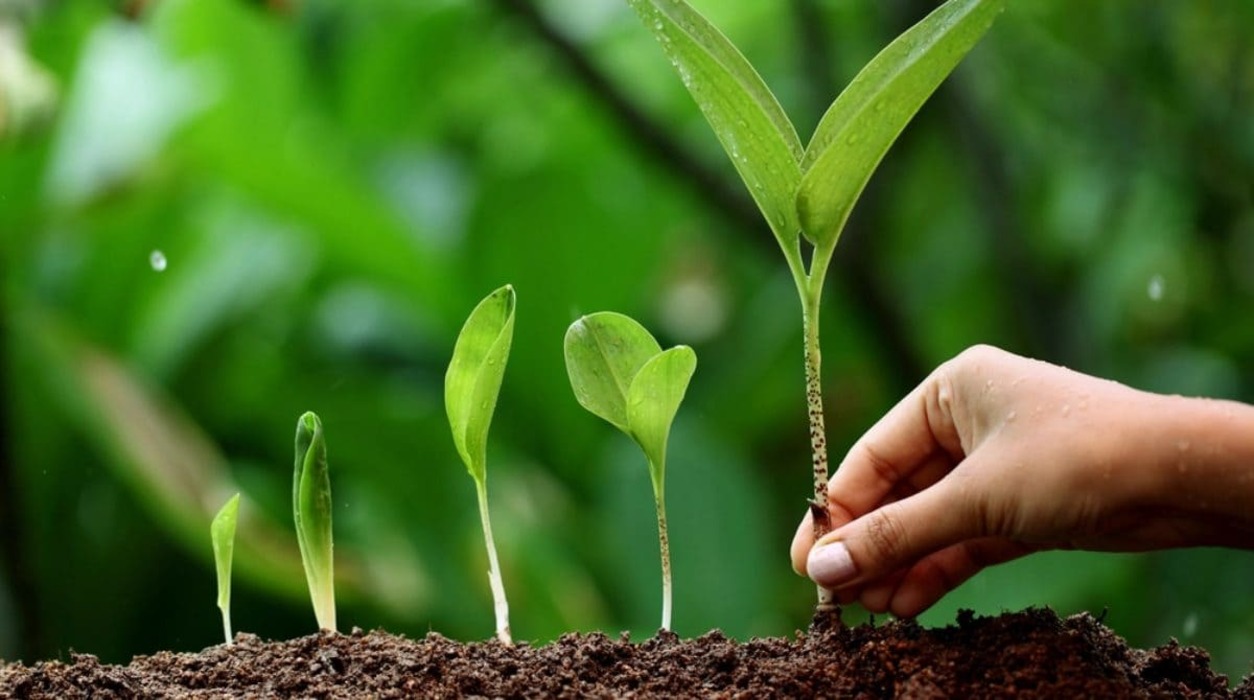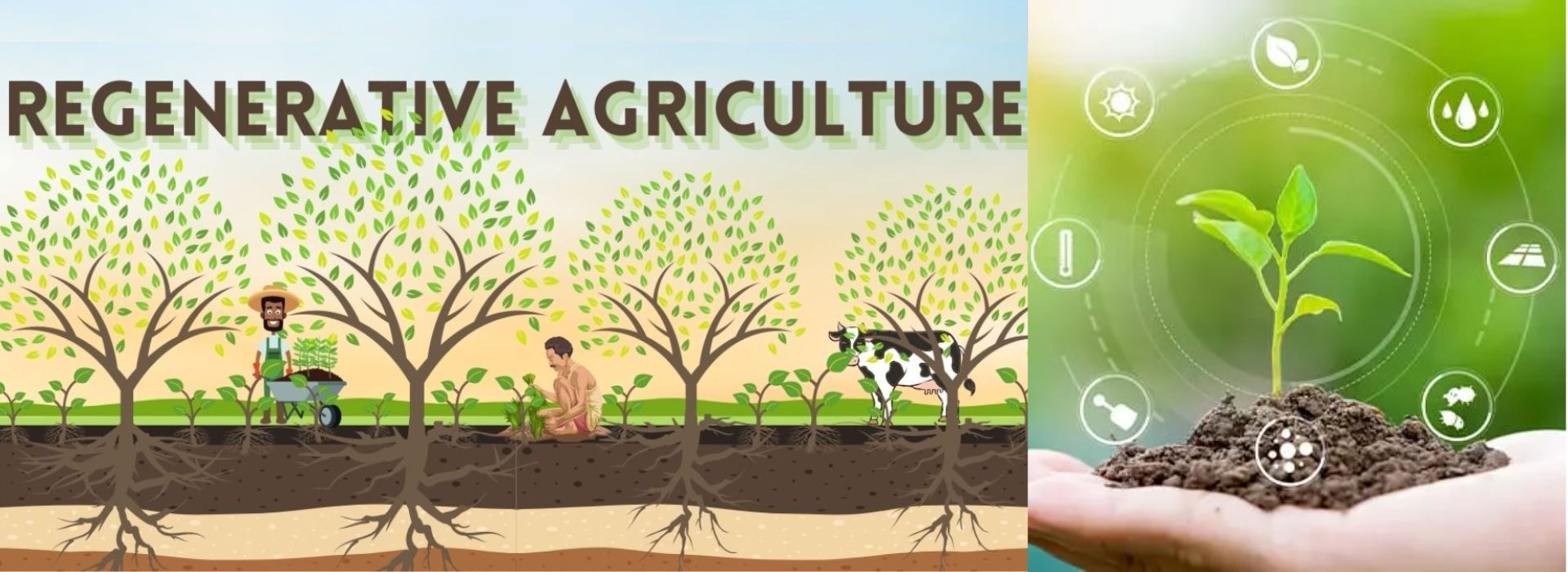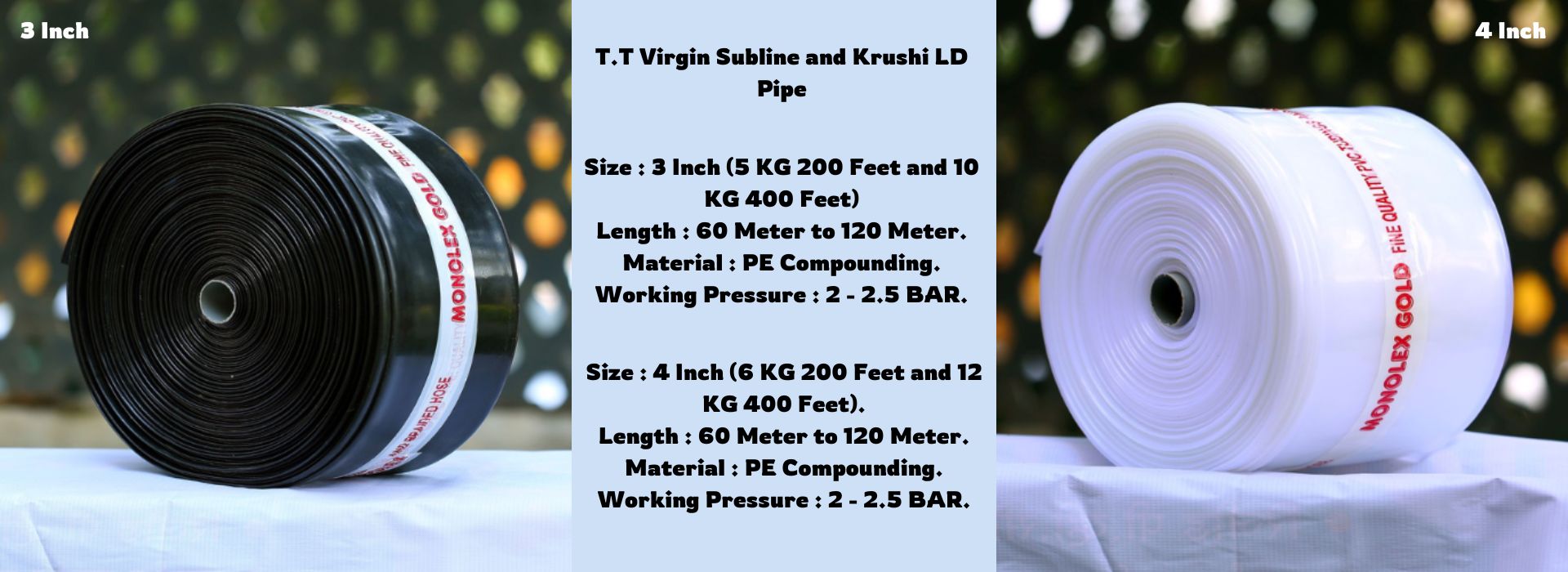The Vital Role of Plant Growth Regulator In Agriculture
September 3, 2024
Plant Growth Regulators
Plant Growth Regulators, Refers To Natural Or
Synthetic Substance influence The Growth And Development .Auxin -Both Natural
Synthetic.
Conventionally Called Plant Harmones, These Substance
Play Vital Role in Plant growth And Development.
As the plants require oxygen, water, sunlight,
and nutrition to develop and grow, they do require certain chemical
substances to manage their growth and development. These chemical substances
are known as Plant Growth Regulators and are naturally produced by the plants
itself.
These are simple organic molecules having several
chemical compositions. They are also described as phytohormones, plant
growth substances, or plant growth hormones.
They can accelerate as well as retard the rate of growth
in plants.
Plants growth hormones or plant growth regulators
exhibit the following characteristics:
Seed Dormancy
Differentiation and elongation of celles
Formation of leaves, flowers, and stems.
Wilting of leaves.
Ripening of fruit.
Generally, there are five types of plant hormones,
namely, auxin, gibberellins, cytokinins, abscisic acid and ethylene.
In addition to these, there are more derivative compounds, both natural and
synthetic, which also act as plant growth regulators.
Types of Plant Growth Regulators
Plant growth hormones or regulators are of the following
types:
Plant
Growth Promoters
Plant
Growth Inhibitors
Plant Growth Promoters
Auxins
Induce cell differentiation, cell division, and
elongation
Auxins are a class of plant hormones that regulate plant
growth and development in many ways
Growth, Phototropism, Geotropisam. rooting
Auxins are one of the most important plant hormones. The
chief naturally occurring auxin is indole-3 acetic acid – IAA and
other related compound
These plant growth regulators are generally produced
at the points of stems and root.
Physiological Effect Of Auxin -Cell Division nd
Elongation,Apical Domince, Root initiation, Respiration,callus Formation,
Flowering
Functions of Auxins
Regulate xylem
differentiation and assist in cell division
Used in the process of plant propagation.
Used by gardeners to keep lawns free from weeds.
Regulate xylem differentiation and assist in cell division.
Used to produce fruit without preceding
fertilization.
Promote natural detachment (abscission)
of older leaves and fruits.
Gibberellins
induce
seed germination, cell division, elongation, and root growth.
Gibberellins Are Plant Hormones that
Promote Growth, Seed Germination Leaf Expansion
They occur At low Concentration Vegetative Tissues But At
Higher Concentration In Germination seed. Gibberellins are an extensive
chemical family based on the ent-gibberellin structure. The first gibberellin
to be discovered was gibberellic acid.
Gibberellins are an extensive chemical family based on
the ent-gibberellin structure.
Functions of Gibberellins
Delay senescence in fruits.
Involved in leaf expansion.
Promote bolting in cabbages and beet.
Facilitate elongation of fruits
such as apples and enhance their shape
Cytokinins
Promot The Cell Division, Morphogenesis, lateral Bud
Development. They help in the production of new leaves, lateral shoot growth,
chloroplasts in leaves etc. They help in overcoming apical dominance and delay
the aging of leaves
Cytokinin Promote Cytokinesis
Promotes cell division and apical
dominance.
They are used to keep flowers fresh for a longer time.
Abscisic acid
Abscisic Acid Is
a Plant Hormone ABA functions in many plant Development Processes, Including
seed and Dormancy The Control of organ Size, And Stomatal Closure. Abscisic
Acid helps the Plant To Survive During Unfavorable Conditions Environment .
synthesized within the stem, leaves, fruits, and seeds of the plant. Mostly, abscisic acid serves as an antagonist to Gibberellic acid. It is also known as the stress hormone as it helps by increasing the tolerance to various types of stress.
Plant Growth Inhibitors
Abscisic acid
It is a growth inhibitor, It was initially called
dormant. Later, another compound abscisin-II was discovered and is commonly
called as abscisic acid. This growth inhibitor is synthesized within the stem,
leaves, fruits, and seeds of the plant. Mostly, abscisic acid serves as an
antagonist to Gibberellic acid. It is also known as the stress hormone as it
helps by increasing the tolerance to various types of stress.
Functions of Abscisic acid
Stimulates
closing of stomata in the epidermis.
Helps
in the maturation and development of seeds.
Inhibits
plant metabolism and seed germination.
It
is involved in regulating abscission and dormancy.
Ethylene
Ethylene is gaseous plant growth regulator, synthesized
by most of the plant organs including ripening fruits and aging tissues. It is
an unsaturated hydrocarbon having double covalent bonds between and
adjacent to carbon atoms.
Ethylene is used as both plant growth promoters and
plant growth inhibitors. Ethylene is synthesized by the ripening fruits and
aging tissues.
Functions of Ethylene
Ethylene is the most widely used plant growth regulator
as it helps in regulating many physiological processes.
Affects horizontal growth of seedlings and
swelling.
Fruit Ripening.
Organ Expansion
Applied to rubber trees to stimulate the flow of latex.
Facilitates senescence and abscission of both
flowers and leaves.
Thus, we see how important plant hormones or plant
growth regulators are in the growth and development of plants.
At krishibazaar.in,
you can find and buy various agricultural products. For agricultural guidance
on selecting the most suitable products for your crops, please contact or
WhatsApp at +917887880887 https://tinyurl.com/2wbacm32
<






Guest reviews
No reviews found for this Blog